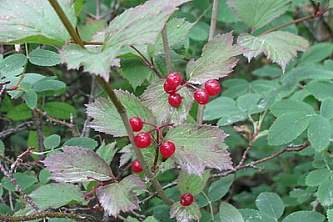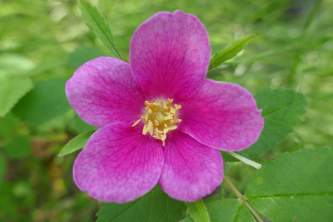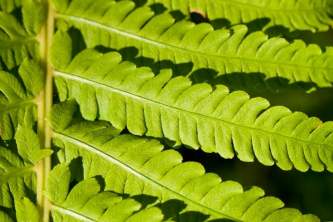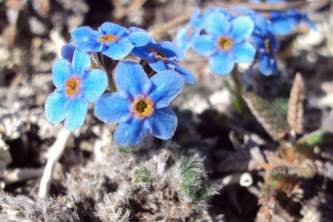Horsetail
Equisetum arvense
Equisetaceae/Horsetail Family
Horsetail grows in a variety of different habitats. It has hollow stems with vertical ridges. The leaves are tiny and narrow and grow in whorls on the stems. It is an ancient plant that reproduces via spores. In the spring the brown, branchless, non-photosynthetic spore bearing phase releases the spores and then dies back. The green, vegetative phase has bottlebrush-like branches that persist all summer.
This is an ancient family of plants and tree sized relatives dominated the forests of the Carboniferous Period 300 million years ago.
Equisetum is derived from Latin equus (horse) and seta (bristle). The vegetative green phase is called "horsetails" because they resemble a horse's tail. Silica is part of their cellular structure which makes them a great pot scrubber on camping trips. Caribou, moose, sheep and bears eat this plant.
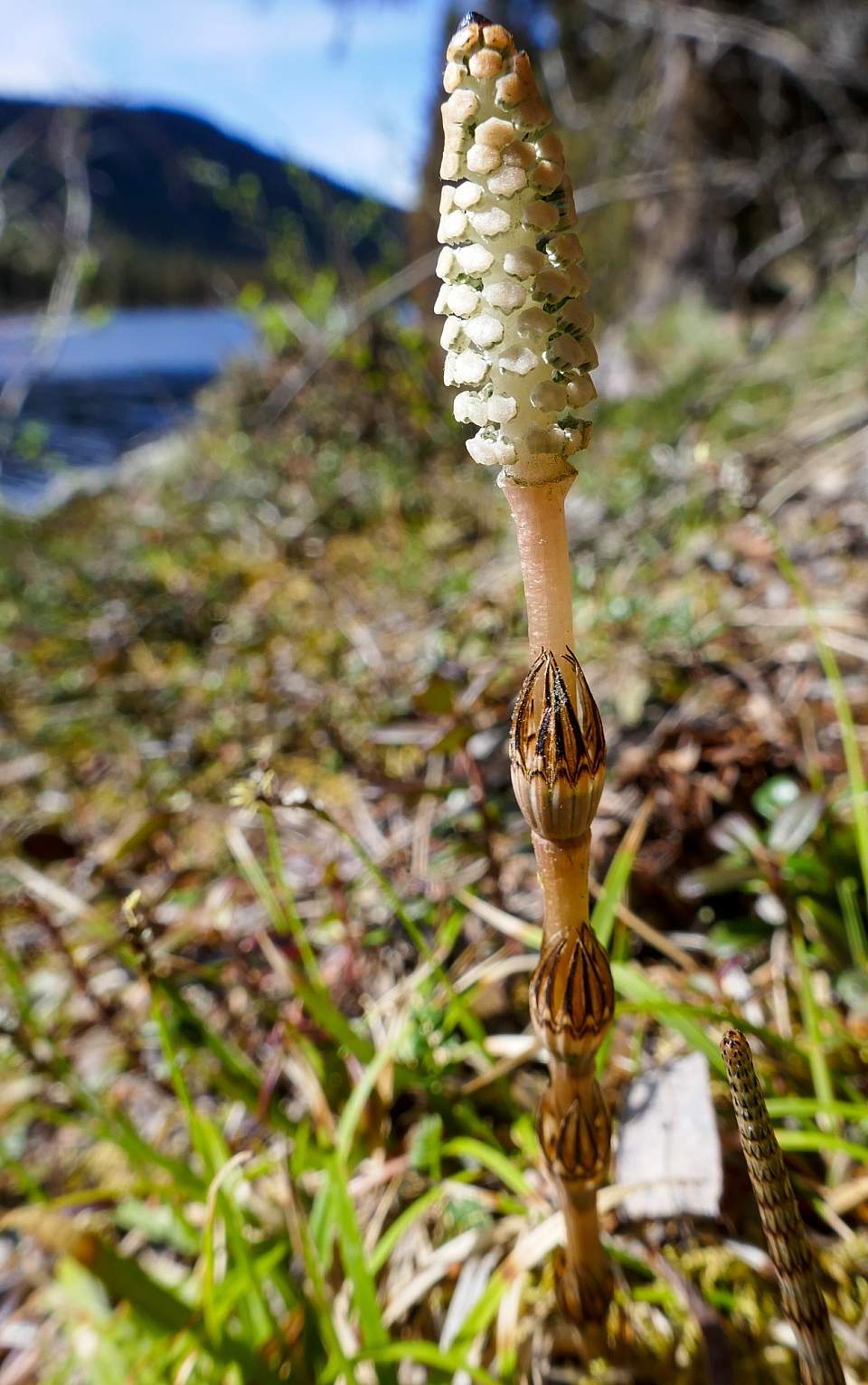
Spore phase
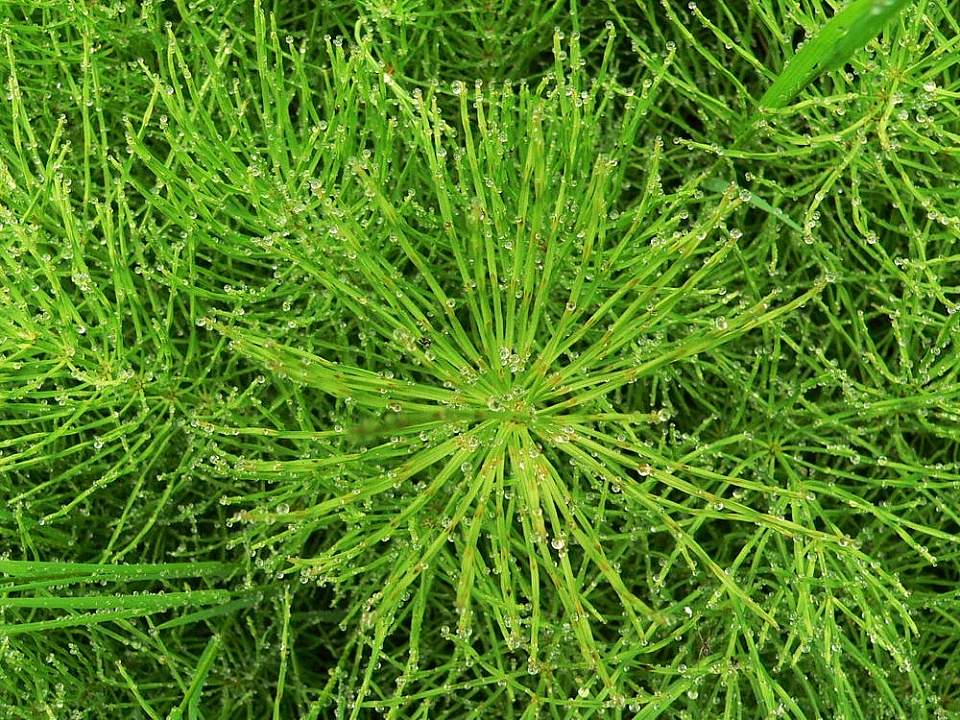
Vegetative green phase

